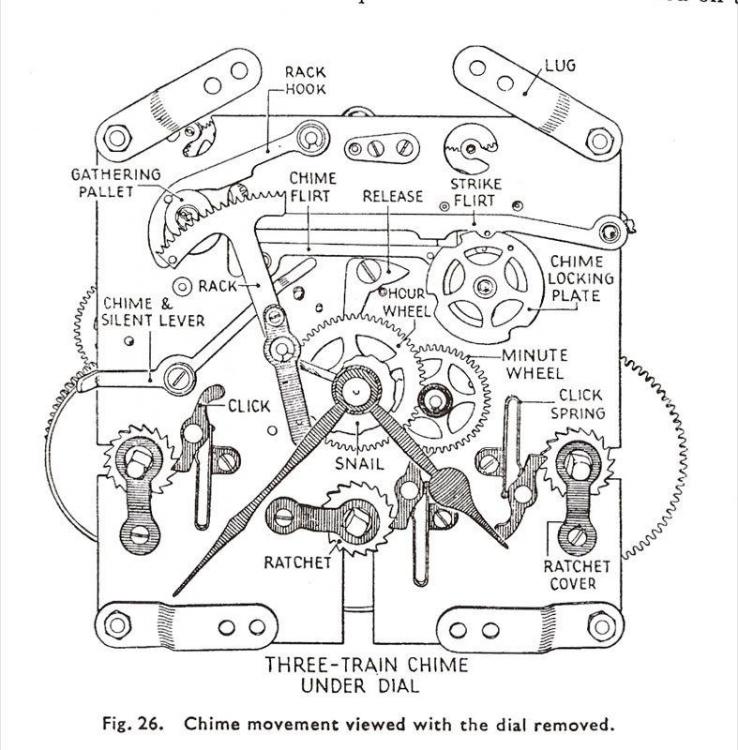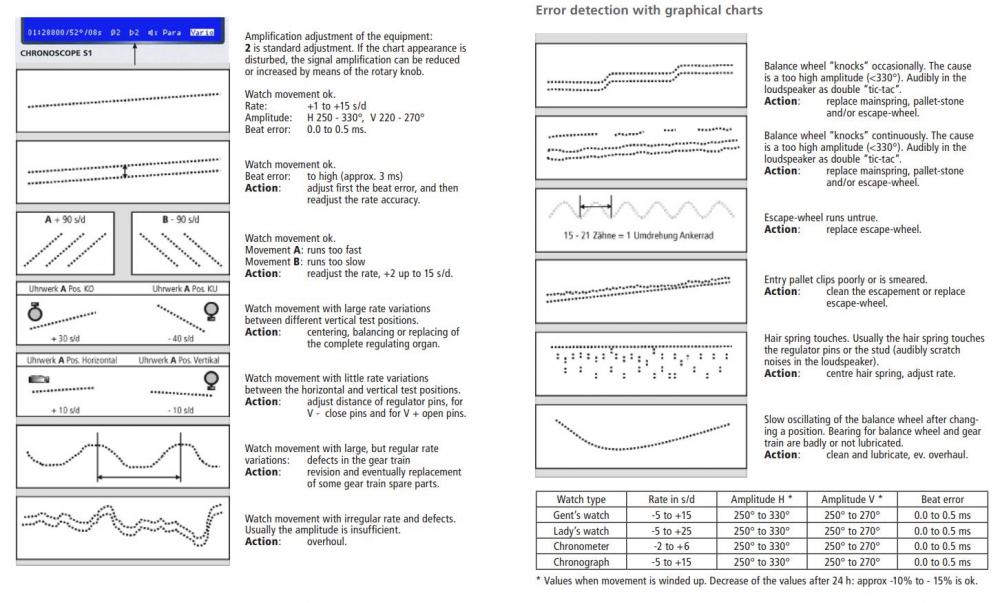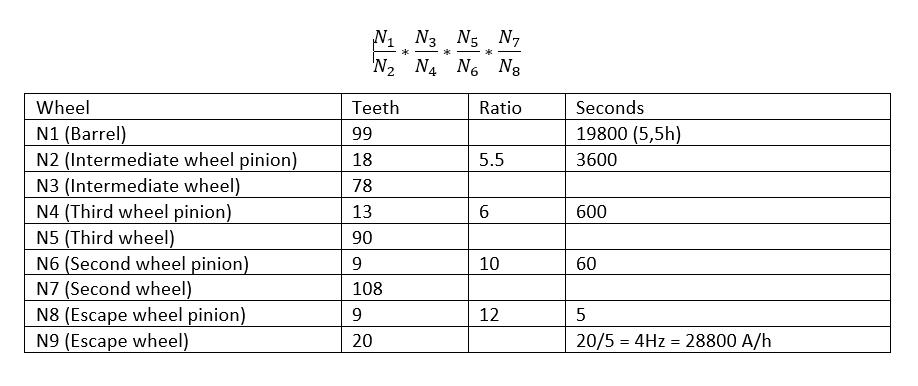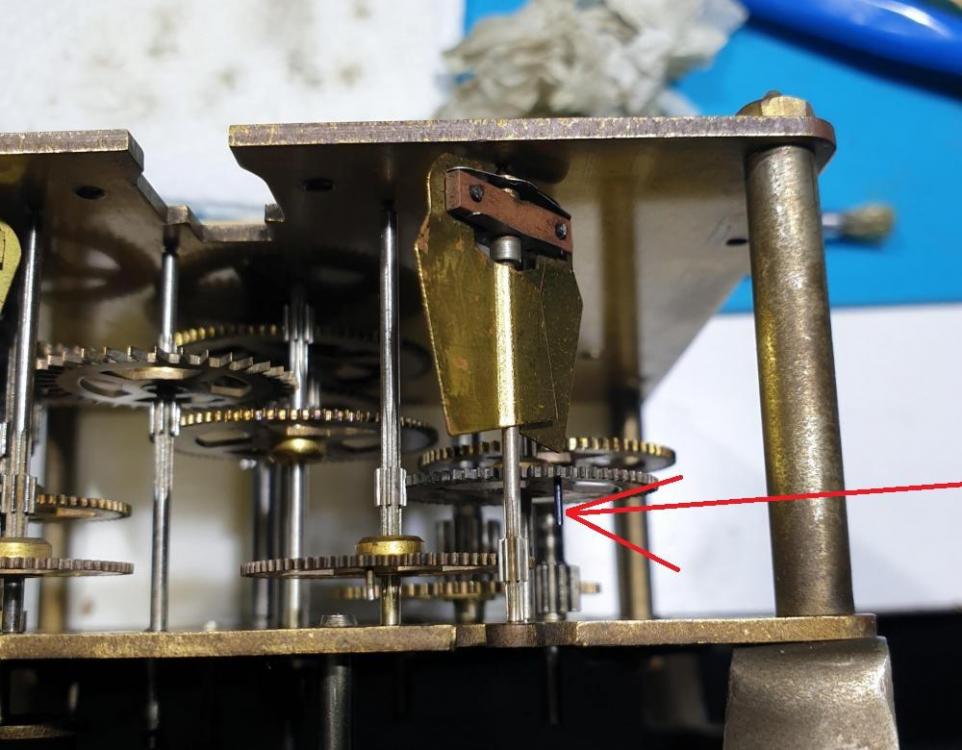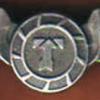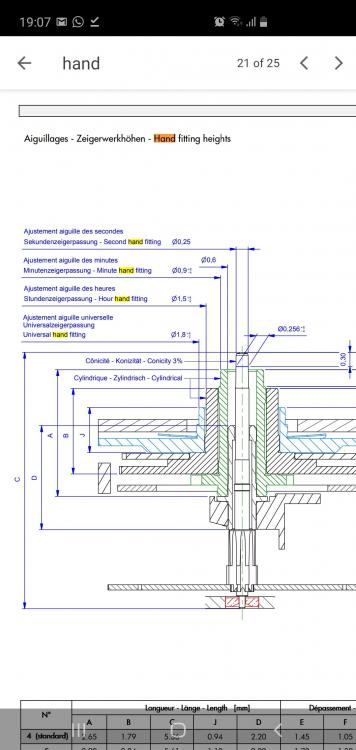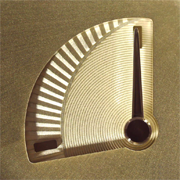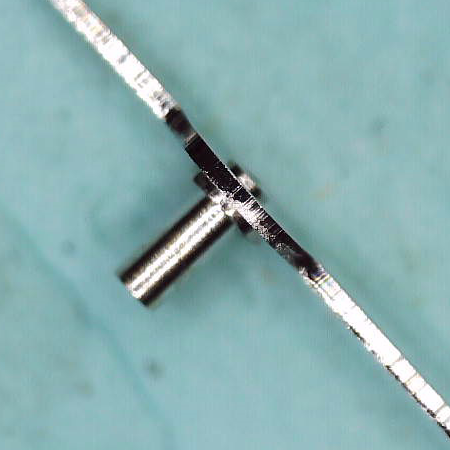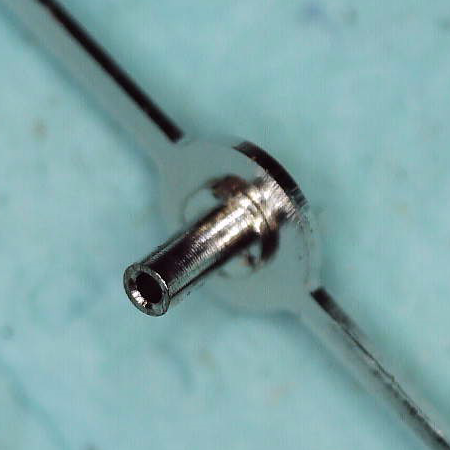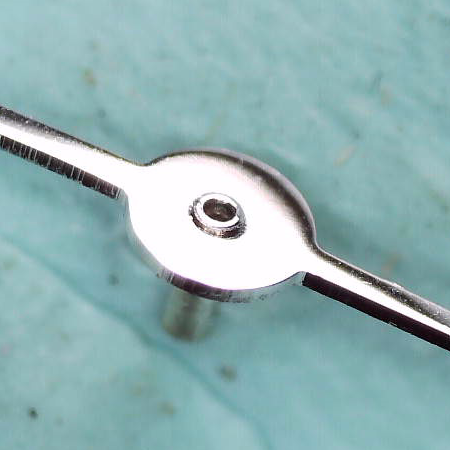Leaderboard
Popular Content
Showing content with the highest reputation on 08/24/20 in Posts
-
2 points
-
Well if you look at the beginning of the graph which is posted you see there is a quite a dip in the beginning, that is not normal. Since it is a microphone-based system what you see is a graph recorded from the noise coming from the movement which is then filtered through an array of low pass and high pass filters and the result is then run through a signal processing system to find the resulting peaks. The amplitude will be a result of the median of these peaks. A faulty escapement would give some small ticks with a period of about 5 seconds, but a fault in the mainspring like when it is stuck to gue in the barrel will generate a random dip when it gets loose, just as you see in the posted graph. In general, I would think by now the cleaning and lubricating of the pallet jewels and the impulse pin will give you a boost in amplitude and usually one can’t see a uniform oxidation on the impulse faces on a time graph. To gain a 10-15 degrees more one could lubricate the jewels too with for example Moebius 9415. But a worn escapement, pallet jewel for sure will give some new noise to the pattern. So my point here is to not jump into conclusions to fast when a random graph is posted but instead take a systematically and methodically approach . I forgott to paste the Witschi graphs as an example of some common curves. There will of course be varieties of the graphs but I guess they wanted to give some examples. Here you see how the train can act erratically over a long time picture 6 on the left one have to keep in mind the waves are elongated over longer times the futher back in the drivetrain it appears, compared to a untrue escape wheel (worn pivot) which will generate a wavy pattern with higher frequency.But in both examples the ampltude will get lower since you get presented with either the effective value or median value of the amplitude depending of which filtter the manufacturer decides to use. Well guess tht was all from me today1 point
-
Right , Faulty jewels to the fork arbour causes some energy loss, which you dealt with. However, lots of energy is lost due to friction that scratched face of pallet stones create.1 point
-
To get a better feeling of what is showing up on the time graph one have to have a basic knowledge of the functions of the watch, for example on the display one usually look at the amplitude and the beat error since this is quite easy information to digest. But when fault finding there might appear noise and disturbances which plots periodically on the display. To narrow in where the error is one can look at in which frequency the phenomena appears. If one are lucky enough one can read the peaks of the noise and through that see it appears for example every 5:th second or faster, that will give you a hint that the problem is either in the escapement or in the balance area. If the noise appears slightly slower let’s say about one in a minute or slightly less then the error might be around the fourth (seconds) wheel. So the longer time it takes for the error to appear the further back in the train the fault is. This is why they in the manuals can say approximately where you should look for the fault in your watch. But first you have to know approximately the ratio of your drivetrain, here is an example of one for the ETA 2824-2. So just from looking at that graph one really can’t say what it might be, but when one knows if it appears periodically one could start pinpoint the trouble area. Like here one see a sudden movement typical for a dirty mainspring, but since we don’t know how frequent it is one just can guess.1 point
-
1 point
-
1 point
-
1 point
-
Well, seems there's a lot of questionable terminology in this hobby. Setting screw lever turned up this morning. Scoured the floor last night and no sign, then there it was on the table this morning. So that's a positive.1 point
-
Does anyone else think this sentence sounds bad? Or should I disinfect my brain with Chlorox?1 point
-
Digital display on mechanical movements furthure subdevide into, jump hour and floating digits which are printed on a dial plate. Jump hour ones have complications-like mech to jump the digits like the familiar date complication. floating ones it just a plate mounted instead of hands.1 point
-
1 point
-
Nice that you explained you using an app. One of the things we've found with the apps are they don't work the best. True a variety of people will show how wonderful AR but when diagnosing problems with the watch is less-than-perfect signal we've been down this rabbit hole before and it makes it really hard to diagnose if the timing Sucks. Sorry to be blunt about this but they're not the best. It's very hard modern watch to regulate without moving the stud. The real timing machine will make it better but if you're grossly out of beat then we have to do a manual alignment. One of the problems with beat error is we don't get up plus or minus just a number. So you can be moving it towards zero and blink your eyes and go past and hopelessly get lost. So basically with a real timing machine if we get holy crap on the screen and can't really figure out anything that actually is helpful in that it tells us your watch is really screwed up. Doesn't tell us necessarily where that went. Another thing you might try to do is it may be hard to let the power off but let the watch run all the way down until it stops. Then look at the hairspring and make sure it's flat this is also why we need a picture and that would be a good time to take a picture so we can see what they hairspring looks like.1 point
-
Balance jewels definitely need to be cleaned. A bit fiddly as you need to dismount the balance from the cock but no way around it. Don't be tempted to remove the balance jewel screws thru the hairspring... on that path lies disaster!. Anilv1 point
-
If it is indeed the Sellita SW 330-1 movement, hand sizes are as shown in the attached (this is from the official data sheet). Then you can purchase correctly sized hands from you preferable website - Aliexpress, Esslinger, Cousins UK, Otto frei, etc. Not sure it will be an easy find but its worth a shot.1 point
-
With a little microsurgery I was able to put the seconds hand and collet/tube back together again. The hand seemed to snap on pretty positively but I'll probably still put a couple micro-dots of adhesive on the bottom for good measure. Man, these parts are tiny. It makes that "Operation" game we played as kids seem ridiculously simple by comparison. Some microscope shots of the reassembled hand and tube.1 point
-
Thank you very much for your comments. I agree with you all. I am sort of hoping that I might get away with it as all the train has to do is rotate the power reserve hand, and most of the pivot holes are not jeweled. I suspect you are all correct and it will not work. HSL, you are spot on, as I did not have an exact match of wheel, and then once I got to the soldering stage, when I saw the gaps due to my dodgy workmanship, I wish I had a mini milling cutter (a machine I do not have). I found it hard to be accurate with a file as the 3 teeth are about 0.8mm across, so it was difficult to hold. Over the weekend I should be able to get back to it to see how it fairs1 point
-
1972 Timex Marlin. This is a bit of an experiment. Having discovered that some (all?) of the ingredients of the secret sauce in Moebius Classical Oil "8000" are light mineral oil and neetsfoot oil, I decided to see what would happen if I brewed my own. This watch was treated to a 80%/20% mix of scent free hypoallergenic baby oil and finest saddlers neetsfoot oil. The former can be bought by the half litre bottle and is intended for oiling delicate infants. The latter I picked up a litre of from ebay and is meant to be used on equestrian tack. In total I paid the equivalent of around $12 USD for the lot, which should make roughly 600ml of my open source watch tipple. For comparison 600ml of genuine Moebius Classical Oil "8000" would set you back around $3540 (and last you approximately twenty life times). I mixed up enough to fill a 50ml hand sanitizer bottle, as for some strange reason I seem to have rather a lot of them kicking around these days. I chose an 80/20 mix for no other reason than it looked about the right colour. The watch was serviced, and lubricated in the usual manner, and so far nothing has exploded, and I haven't had a visit from the Swatch finder general. As a side note, it also appears to be keeping good time (for a 1972 Timex), keeping perfect pace with the Timex Big Q on my other wrist (which has NOT been similarly adulterated), so the viscosity is in the right ball park. Note: I am in no way advocating the use of random lubricants on precious time pieces, but this did seem like an experiment that was worth doing. I may make up a batch with a whiff of Chinese Molyslip knock off, as I have about 200ml of that sitting here crying out for a similar bit of probably unwise fun. EDIT: I forgot to mention, the strap (which came from another basket case watch) is also fairly ancient. I used the neetsfoot oil neat on that, and it has brought it back from a hard, cardboardy and twisted mess, to a supple, clean, wearable and comfortable piece of leather. If nothing else, I do now have a plentiful supply of leather softener.1 point



